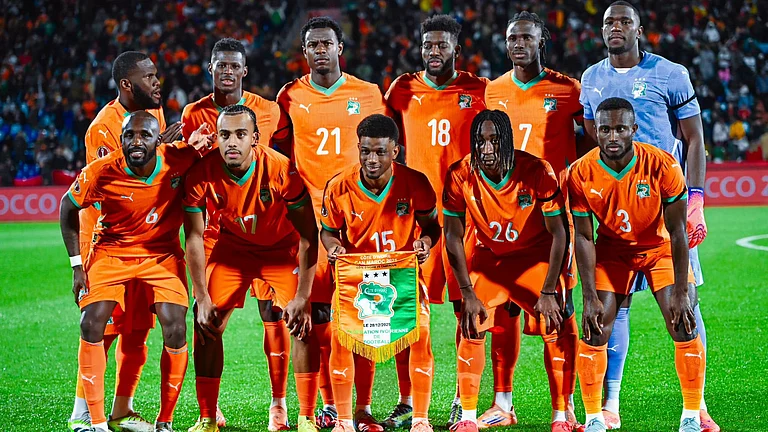A sense of serendipity envelops one on the banks of the river Ganga in Patna. Also known as Patliputra, the town has been witness to several generations of rulers and dynasties over years and centuries. 2,200 years ago, when king Ashoka ruled, Patna was considered to be one of the largest cities in the world.
Patna is the city where the Gandak and Son merge with the Ganga. Till a few years ago, the ghats were covered with dirt and sewage water. This led to significant lower footfall and a decline in riverfront tourism in the city. However, with the advent of the Namami Gange Project, things have turned on their head.
To keep the river clean and hygienic, sewage treatment plants (STPs) have been set up in four different places – Saidpur, Beur, Karmalichak & Pahari whereas work is going on at other locations. The STPs help in treating sewage water which comes from different places. Along with this, another program has been initiated to reuse the treated water. The water will be used for irrigation and other activities. The NMCG’s efforts have spread over the entire town – covering big drains and providing an efficient sewage network for small houses.

It is said that Ganga was once seen riding on a crocodile. But today, the river crocodiles (gharials) are on the verge of extinction. The Wildlife Trust of India, along with local fishermen, are making vital interventions to preserve the gharials, a critically endangered species more than 80% of which is found in India. Gharials also play an important role in helping us gauge the quality of water in the river. They are mostly found on riversides where fishing practices are not common, especially as they require fish, their main source of food, clear water and sand to survive.
***
The tranquil town of Bodh Gaya is situated only 110 kilometres away from the bustling city of Patna. The place is inextricably linked to the life of the peace-loving Lord Buddha and his attainment of moksha. The Buddha’s legacy can still be seen today. To provide salvation for departed souls, people from far and wide come to Bodh Gaya. In the city of Gaya, around 20 kilometres from Bodh Gaya, Ahilyabai Holkar, the ruler of Indore, built the Vishnupad Mandir in the 18th century. Here, people from different corners of India gather to offer pind daan to help the deceased ones attain salvation. This temple, built using grey granite, is said to have been constructed by artists from Jaipur.

A two-and-a-half-hour drive away from Bodh Gaya is the ancient settlement of Nalanda, home to the famous Nalanda university. The university was built in the 5th century CE, most likely by Kumaragupta, one of the Gupta-era kings. One of the first residential educational institutions in the world, Nalanda was visited by scholars, philosophers and travellers from different corners of Asia in its heyday. It taught different languages and several courses such as metallurgy, astronomy, metaphysics, medicine and more.
Most Asian countries are unanimous in their opinion on the importance of the university, and have extended support to rebuild Nalanda University. And, by an act of the Parliament in 2010, the Nalanda University was established again. From mathematics to astronomy, the university provides myriad fields to pursue. There’s also a programme on water management conducted by the Namami Gange project that aims to educate scholars on the problems of pollution in the Ganga and other rivers and how to address them, thereby ensuring that the rivers are preserved for posterity.
***
No matter the path one takes, it is important never to forget one’s history and roots. Patna and Bodh Gaya, which still nobly hold on to their baggages of history, culture and heritage, are exemplary in this regard.





















